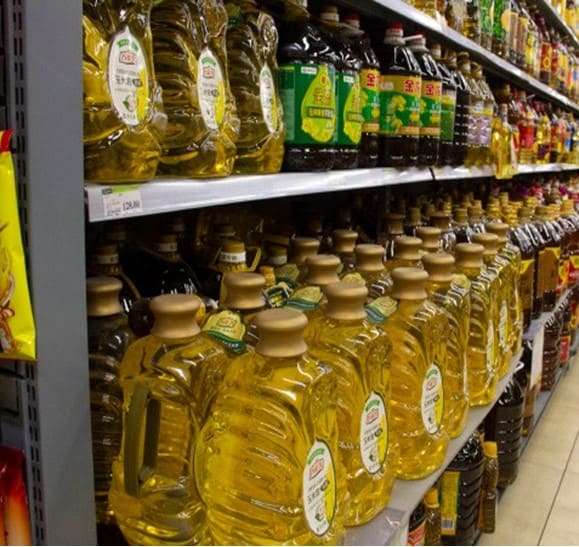
While oilseed production in India has grown by 43% in the five years between 2015-16 and 2020-21, it has not been enough to meet the demand. This has resulted in India becoming the world’s number one importer of edible oil. Due to the significant rise in urban population and massive changes in consumption behaviour, domestic production of vegetable oil has failed to meet the ever-increasing demand. Late in April 2022, Indonesia effected a ban on the exports of palm oil, disrupting markets globally and leading to fears of further worsening the already-surging global food inflation. India, being the biggest importer of edible oil, was expected to be significantly affected by the move. Meanwhile, there is also a spike in the price of alternative edible oils such as soybean oil. Russia’s invasion of Ukraine has severely affected the sunoil exports, prompting top importers like India to develop schemes to promote the domestic production of edible oil. According to the Economic Survey, the increase in edible oil prices is primarily due to rising prices all over the world. India’s edible oil imports fell to their lowest level in six years during 2020-21. In terms of value, however, it climbed by 63.5 percent in 2020-21 compared to 2019-20, owing to rising worldwide edible oil costs. As the populations of emerging nations grow, dietary habits and traditional meal patterns are likely to change toward processed meals heavy in vegetable oil. The Survey also noted that as a result of India’s rapid population expansion and subsequent urbanisation, vegetable oil consumption is likely to stay high. To meet this ever-increasing demand for edible oil in India, the National Mission on Edible Oils - Oil Palm (NMEO-OP) was established in August 2021 to improve domestic production of edible oils by leveraging area expansion and via pricing incentives. According to the Survey, the Indian government has also been taking steps to improve the production of secondary edible oils to “reduce import dependence”.Every year, India has imported roughly 13 million tonnes of edible oil. Productivity would in- crease through the adoption of technology, and promotion of processing and value addition are expected to be part of the plan to resuscitate sunflower output, in order to lessen reliance on imports. India now generates around 45% of its domestic edible oil use. Other oils that contribute to local production include soya bean (24%) and peanut (7%). Crude palm and soya bean oil are mostly imported from Malaysia, Indonesia, Argentina, and Brazil, accounting for 62% and 21% of total edible oil imports, respectively. Edible oil imports had been estimated to be valued at roughly Rs 1.5 trillion in 2021-22. Even with all the measures taken by the Indian government to decrease dependency, India’s cooking oil imports are expected to grow at a rate of 3.4 % per annum till 2030.
10 May 2022
Yashvi Shah